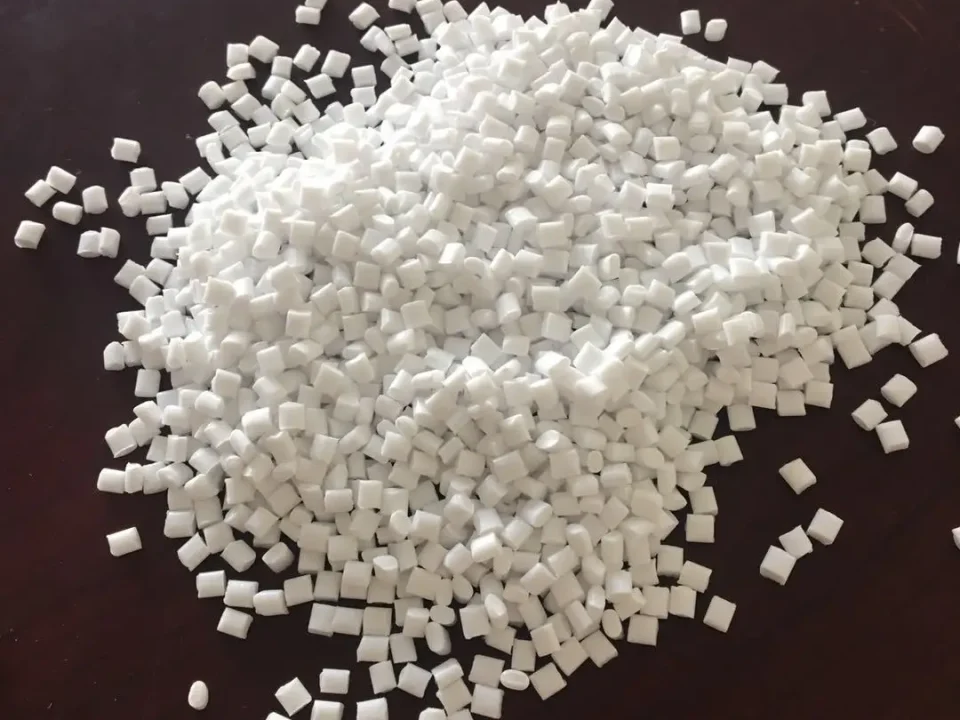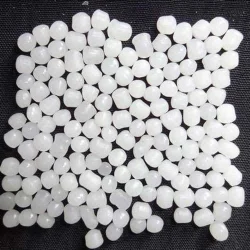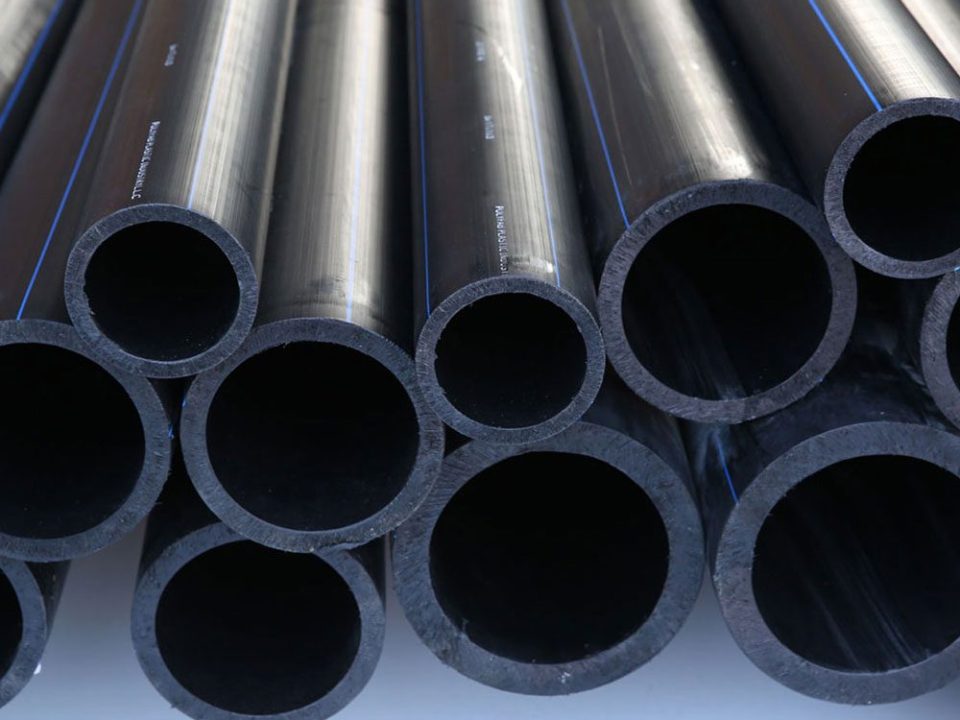What is the process of blowing plastic?
Blow molding is a versatile plastic manufacturing process used to create hollow parts like bottles, containers, and other complex shapes. There are three primary types of blow molding: Extrusion Blow Molding (EBM), Injection Blow Molding (IBM), and Stretch Blow Molding (SBM). Each type has its own specific process, tailored to different product requirements.
-
Extrusion Blow Molding (EBM)
This is the most common type of blow molding, used extensively for producing large quantities of hollow products like bottles and containers.
Steps:
- Extrusion: The process begins with the extrusion of a molten plastic tube called a parison. The parison is usually extruded vertically, and it hangs freely between the open halves of the mold.
- Mold Closure: The mold halves close around the parison, sealing it at the bottom and cutting off the extruded length.
- Blowing: A blow pin or needle is inserted into the parison, and compressed air is blown into it. The air pressure forces the parison to expand and conform to the shape of the mold cavity.
- Cooling: The inflated plastic is cooled by contact with the mold walls. In some cases, external cooling methods such as air jets or water sprays are used to accelerate the cooling process.
- Ejection: Once the plastic has cooled and solidified, the mold opens, and the finished product is ejected. Excess material (flash) is usually trimmed off during this stage.
Applications:
- Bottles: Used for packaging beverages, detergents, and oils.
- Tanks: Such as fuel tanks for vehicles.
- Large Containers: Like drums and storage bins.
-
Injection Blow Molding (IBM)
This method is typically used for producing small, high-precision hollow objects such as medical vials, small bottles, and containers.
Steps:
- Injection Molding: The process begins with injection molding, where molten plastic is injected into a preformed mold to create a preform. The preform is a test-tube-shaped piece of plastic with a closed end and a threaded neck (for bottles).
- Transfer to Blow Mold: The preform is then transferred to a blow mold. The mold closes around the preform.
- Blowing: Compressed air is injected into the preform, causing it to expand and take the shape of the blow mold cavity.
- Cooling: The plastic cools and solidifies in the shape of the mold.
- Ejection: The mold opens, and the finished product is ejected.
Applications:
- Small Bottles: Such as those used for pharmaceuticals, cosmetics, and food products.
- Containers: Like medicine bottles and cosmetic jars.
-
Stretch Blow Molding (SBM)
Stretch blow molding is often used for making lightweight, high-strength containers, particularly PET bottles (e.g., soda bottles).
Steps:
- Injection Molding: Like in IBM, the process begins with the injection molding of a preform. The preform has the shape of the finished product’s neck, but the body is a thicker and shorter version of the final product.
- Conditioning: The preform is heated to a temperature just below its melting point to prepare it for the stretching process.
- Stretching and Blowing: The preform is placed into a blow mold. A stretching rod extends inside the preform, mechanically stretching it lengthwise, while compressed air is blown in to expand the preform radially, forcing it into the mold shape.
- Cooling: The stretched and blown plastic cools and solidifies inside the mold.
- Ejection: The mold opens, and the finished product is ejected.
Applications:
- PET Bottles: Used for carbonated beverages, water bottles, and other high-volume liquid containers.
- Wide-Mouth Containers: Such as jars for food storage.
Key Considerations in Blow Molding:
- Material Selection: Different plastics have different properties, so the choice of material depends on the desired characteristics of the final product (e.g., strength, flexibility, transparency).
- Wall Thickness: Controlling the wall thickness is critical, especially in extrusion blow molding, where the parison’s thickness can be adjusted during extrusion to ensure uniformity.
- Mold Design: The design of the mold directly affects the shape and quality of the final product. Complex molds can produce intricate shapes, but they require precise engineering and higher costs.
Advantages of Blow Molding:
- Efficiency: High-speed production for large volumes of hollow plastic products.
- Cost-Effective: Especially for high-volume production runs.
- Design Flexibility: Allows for a wide range of shapes, sizes, and complex geometries.
- Material Versatility: Compatible with various plastics, allowing for different properties in the final product.
Limitations:
- Initial Setup Costs: Mold creation can be expensive and time-consuming.
- Material Limitations: Not all plastics are suitable for blow molding.
- Thickness Variability: Especially in extrusion blow molding, controlling wall thickness uniformly can be challenging.
Blow molding is a critical process in modern manufacturing, enabling the mass production of a wide range of everyday products, from beverage bottles to automotive components.





